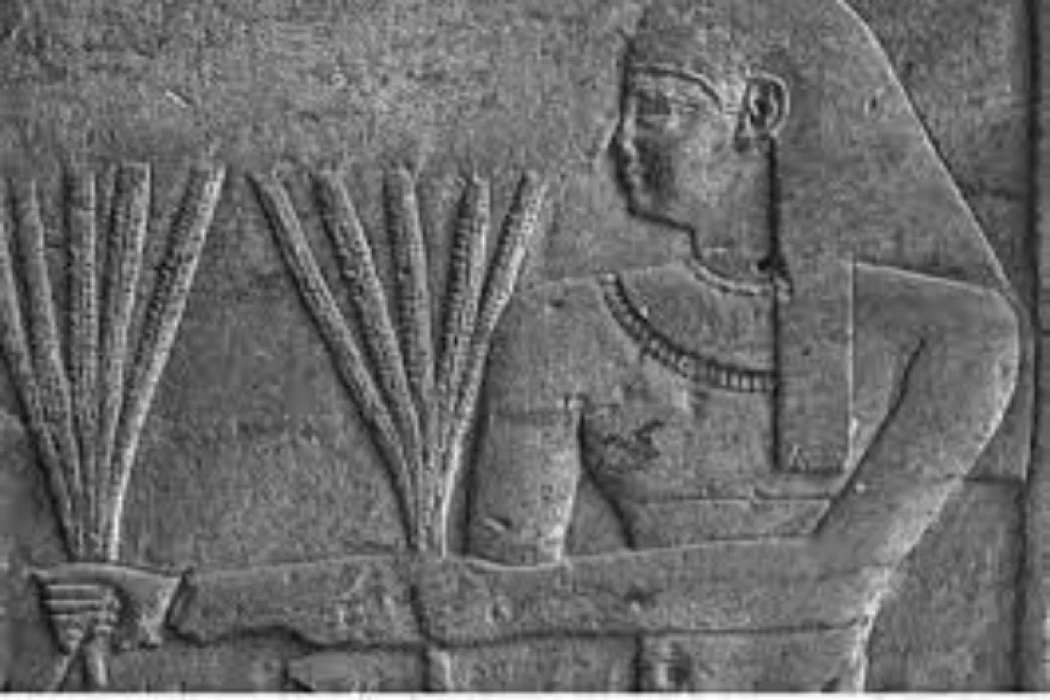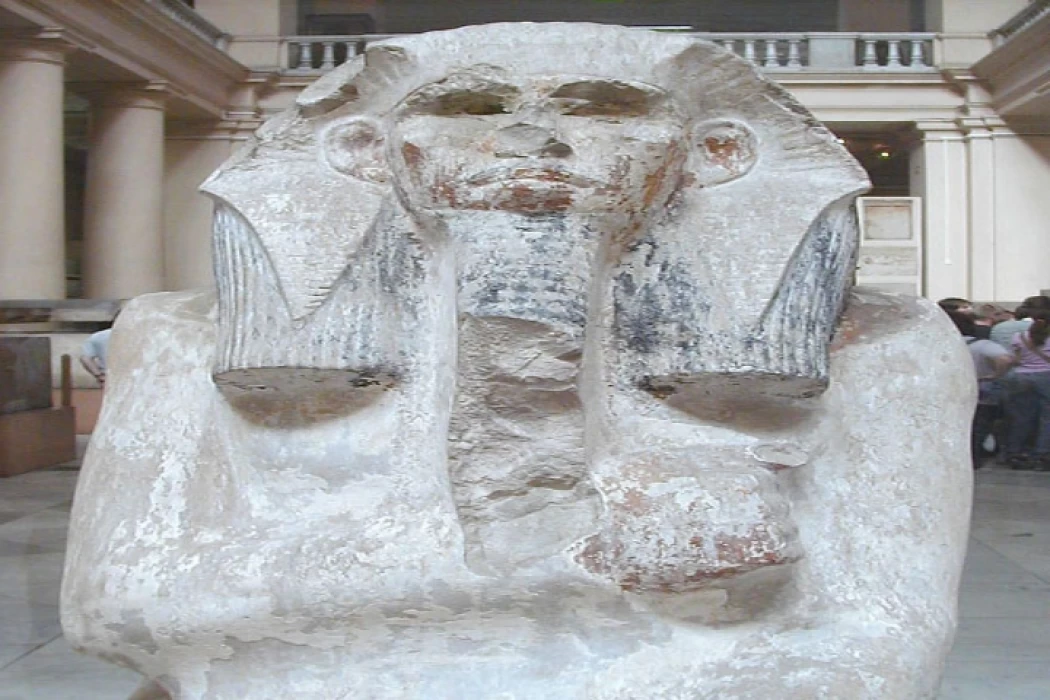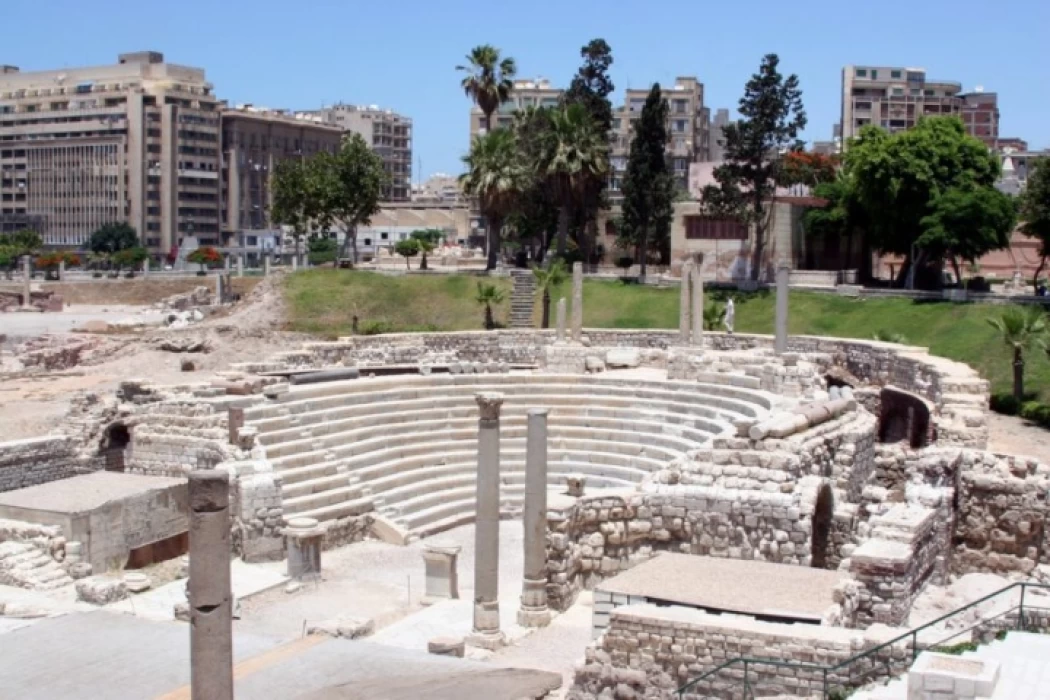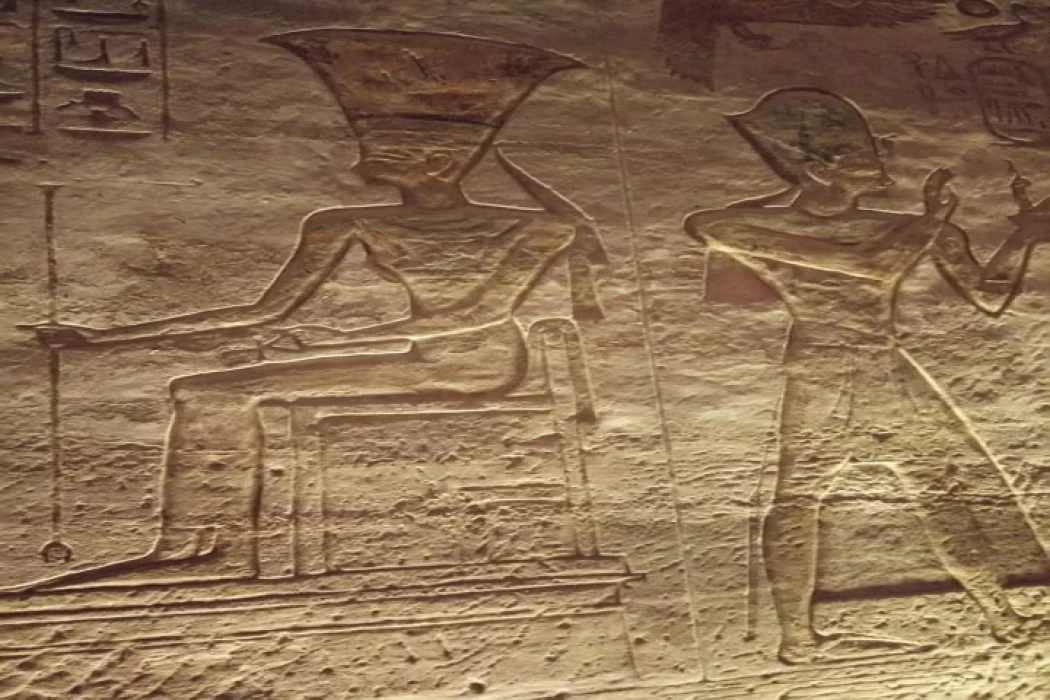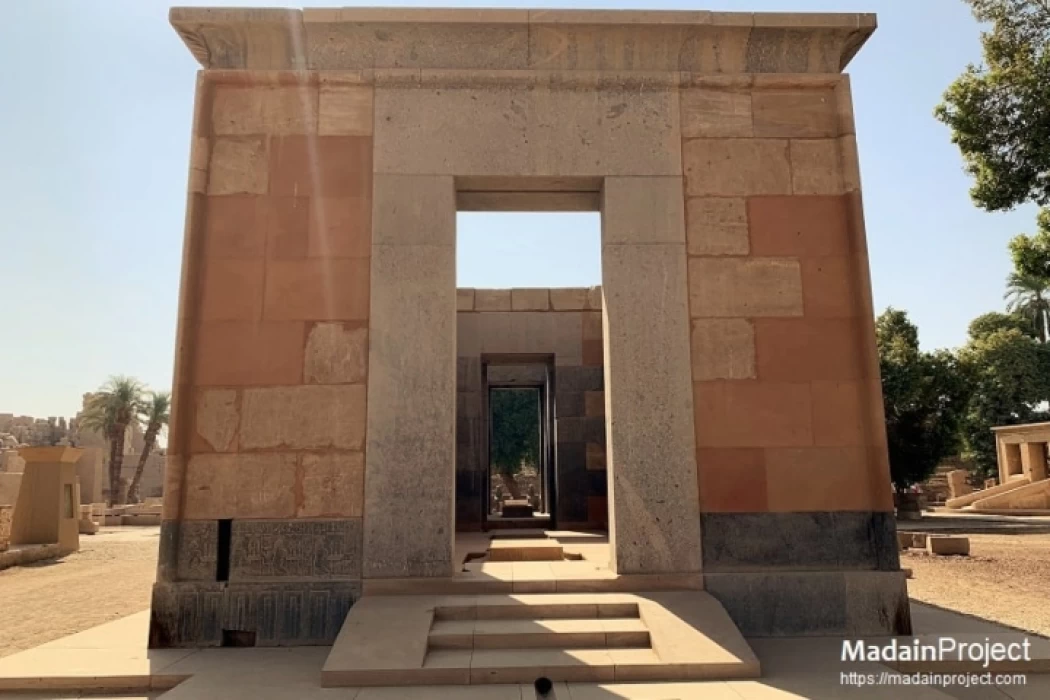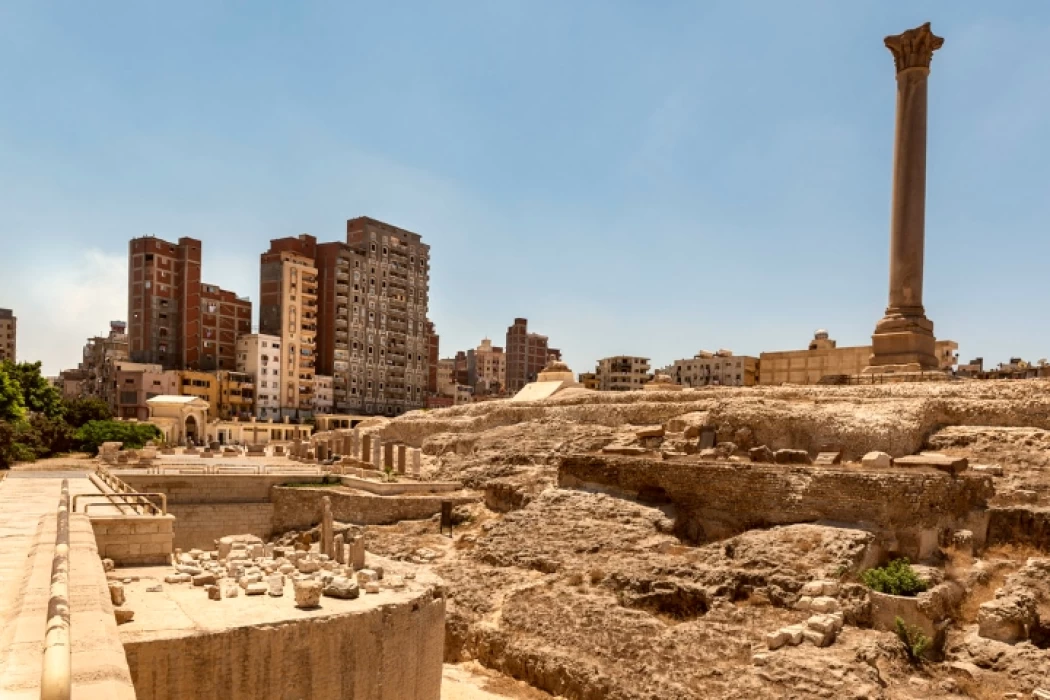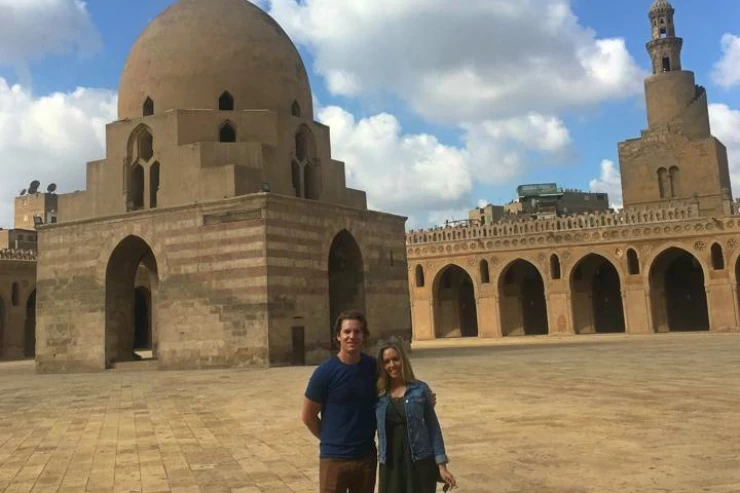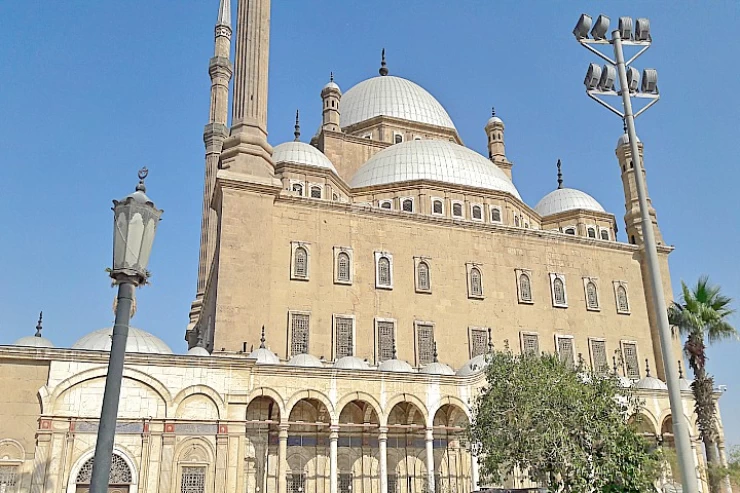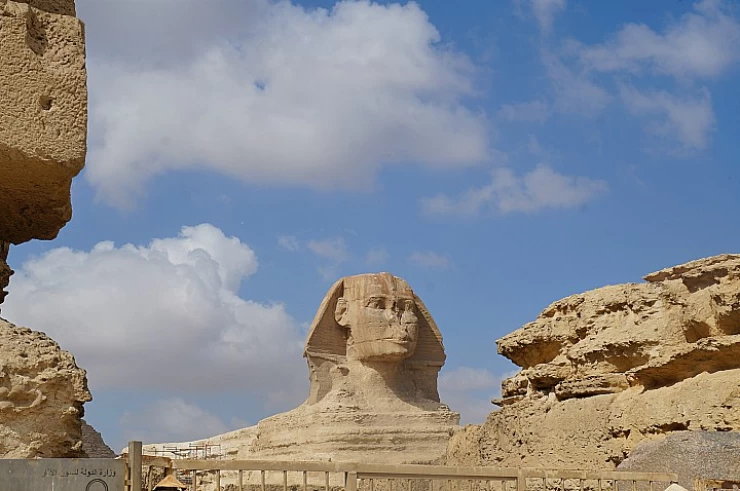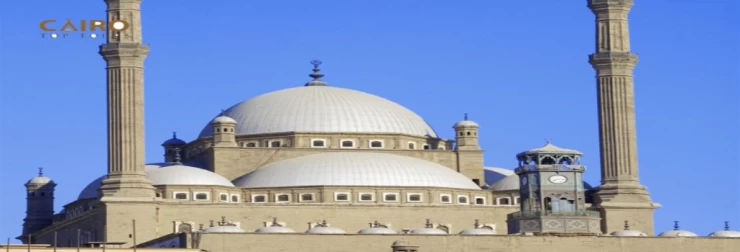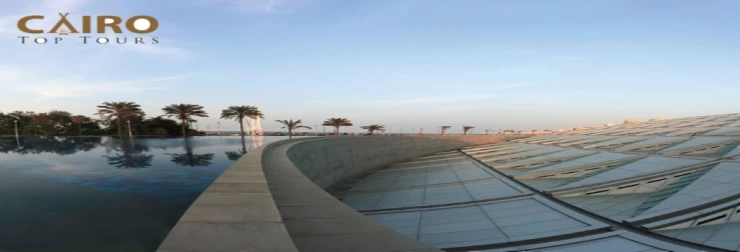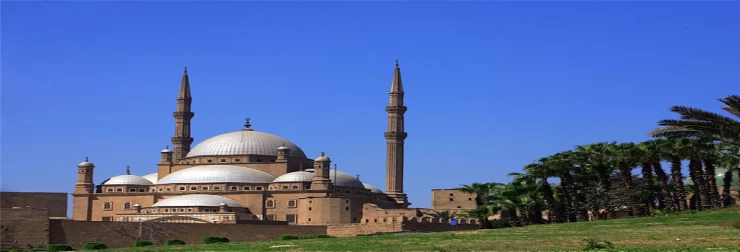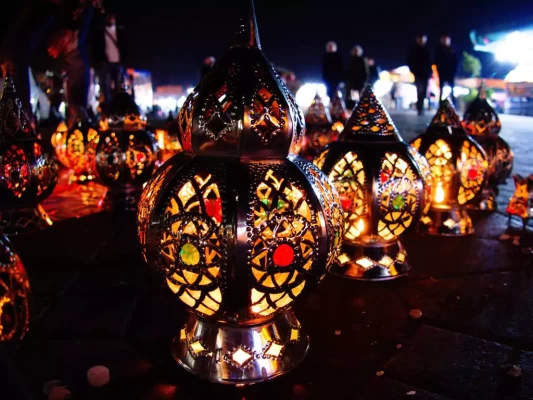
The Egyptian Museum in Cairo
The Egyptian Museum is a Historical Treasure Trove
The Egyptian Museum in Cairo, Egypt, houses the world's most valuable collection of antiquities from ancient Egypt. It holds almost 150,000 things. These contain several artifacts from Tutankhamun's tomb. The museum is one of Egypt's most renowned tourist attractions. In addition to Tutankhamun's tomb, the Egyptian Museum has the contents of several more tombs. Queen Hetepheres' carrying a chair and gold-covered furniture are on display, as with mummies, sarcophagi (stone coffins), ancient papyrus writings, and jewelry.
The museum also exhibits a remarkable collection of pharaoh and queen sculptures, like as Queen Nefertiti's incomplete head and Queen Hatshepsut's granite sphinx. The Egyptian Museum was created in 1858. It had previously occupied two places before settling in its current edifice in Tahrir Square in 1902. The museum's collection is unusual in that it encompasses all of Egyptian history. However, the majority of the collection dates from the reign of the pharaohs. Muhammad Ali Pasha, Egypt's viceroy from 1805 until 1848, is credited with the concept of establishing an Egyptian antiquities museum. In an attempt to put an end to the export of antiquities, he issued a decree on August 15, 1835, resulting in the establishment of Cairo's first Egyptian antiquities museum.
The Egyptian Museum’s treasures include the treasures of the Golden Mask of the young Pharaoh Tutankhamun and the Treasures of the King. The Golden Funerary Mask, also known as the mummy mask, is an exquisite handcrafted artistic artifact that captures everywhere elegance.
One of the other notable artistic works in the museum is the Menkaure Triads, which was found at the valley temple close to the Giza pyramids. It is carved in a single piece of stone depicting a king in the crown of upper Egypt. The museum has numerous collections from the various Egyptian civilizations and different periods, and it is one of the activities that are carried out in Cairo day tours from the airport, which is incomparably enjoyable to see pieces that are many centuries old.
The museum suffered significant damage as a result of the disastrous Nile floods in 1878, and it was closed to the public for repairs until it reopened in 1881. The threat of future floods, combined with the 1881 discovery of a trove of royal mummies in Deir el-Bahari, demonstrated that the museum required additional quarters. The new museum occupied 15,000 square meters and cost approximately 240,000 Egyptian pounds at the time. On November 15, 1902, the Egyptian daily newspaper Al Ahram announced the official opening of the Egyptian Museum.
Latest Articles
Admin
Neper God Of Grain
Neper was the deity of grains, particularly cereals that were important in Ancient Egypt, such as wheat and barley. It was stated that he foretold when the crops would grow, be harvested, and disappear.
Admin
Djoser
Djoser was an ancient Egyptian pharaoh of the 3rd Dynasty during the Old Kingdom and was the founder of that epoch. He is also known by his Hellenized names Tosorthros (from Manetho) and Sesorthos (from Eusebius). He was the son of King Khasekhemwy and Queen Nimaathap, but whether he was also the direct successor to their throne is unclear. Most Ramesside king lists identify a king named Nebka as preceding him, but there are difficulties in connecting that name with contemporary Horus names, so some Egyptologists question the received throne sequence. Djoser is known for his step pyramid, which is the earliest colossal stone building in ancient Egypt
Admin
Kom Al Dikka Alexandria
Kom El Deka, also known as Kom el-Dikka, is a neighborhood and archaeological site in Alexandria, Egypt. Early Kom El-Dikka was a well-off residential area, and later it was a major civic center in Alexandria, with a bath complex (thermae), auditoria (lecture halls), and a theatre.
Admin
The God Anuket
Anuket, in Egyptian religion, the patron deity of the Nile River. Anuket is normally depicted as a beautiful woman wearing a crown of reeds and ostrich feathers and accompanied by a gazelle.
Admin
The Red Chapel of Hatshepsut
The Red Chapel of Hatshepsut or the Chapelle rouge was a religious shrine in Ancient Egypt. The chapel was originally constructed as a barque shrine during the reign of Hatshepsut. She was the fifth pharaoh of the Eighteenth Dynasty from approximately 1479 to 1458 BC.
Admin
The Serapeum of Alexandria
The Serapeum of Alexandria in the Ptolemaic Kingdom was an ancient Greek temple built by Ptolemy III Euergetes (reigned 246–222 BC) and dedicated to Serapis, who was made the protector of Alexandria, Egypt. There are also signs of Harpocrates. It has been referred to as the daughter of the Library of Alexandria.
